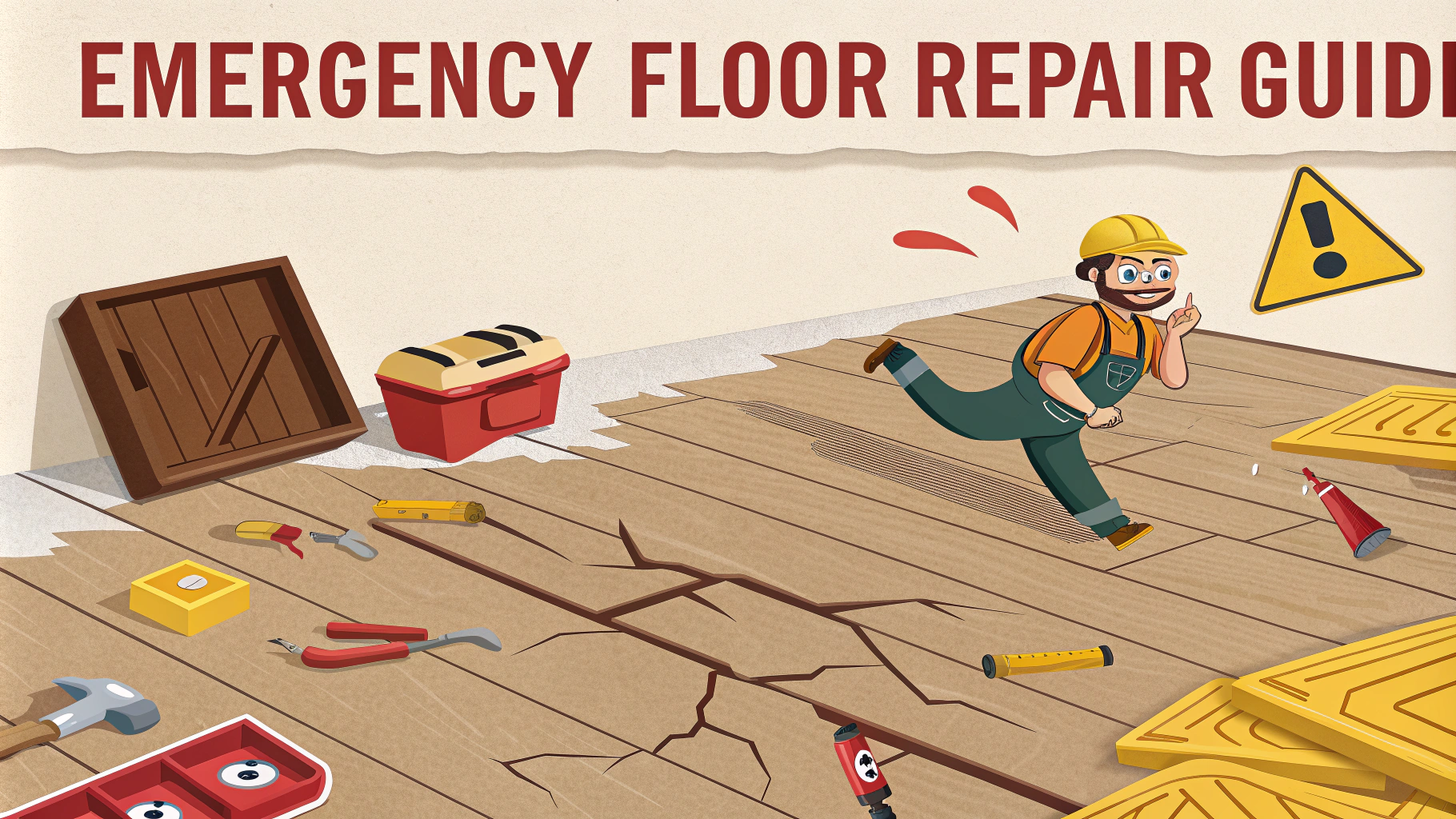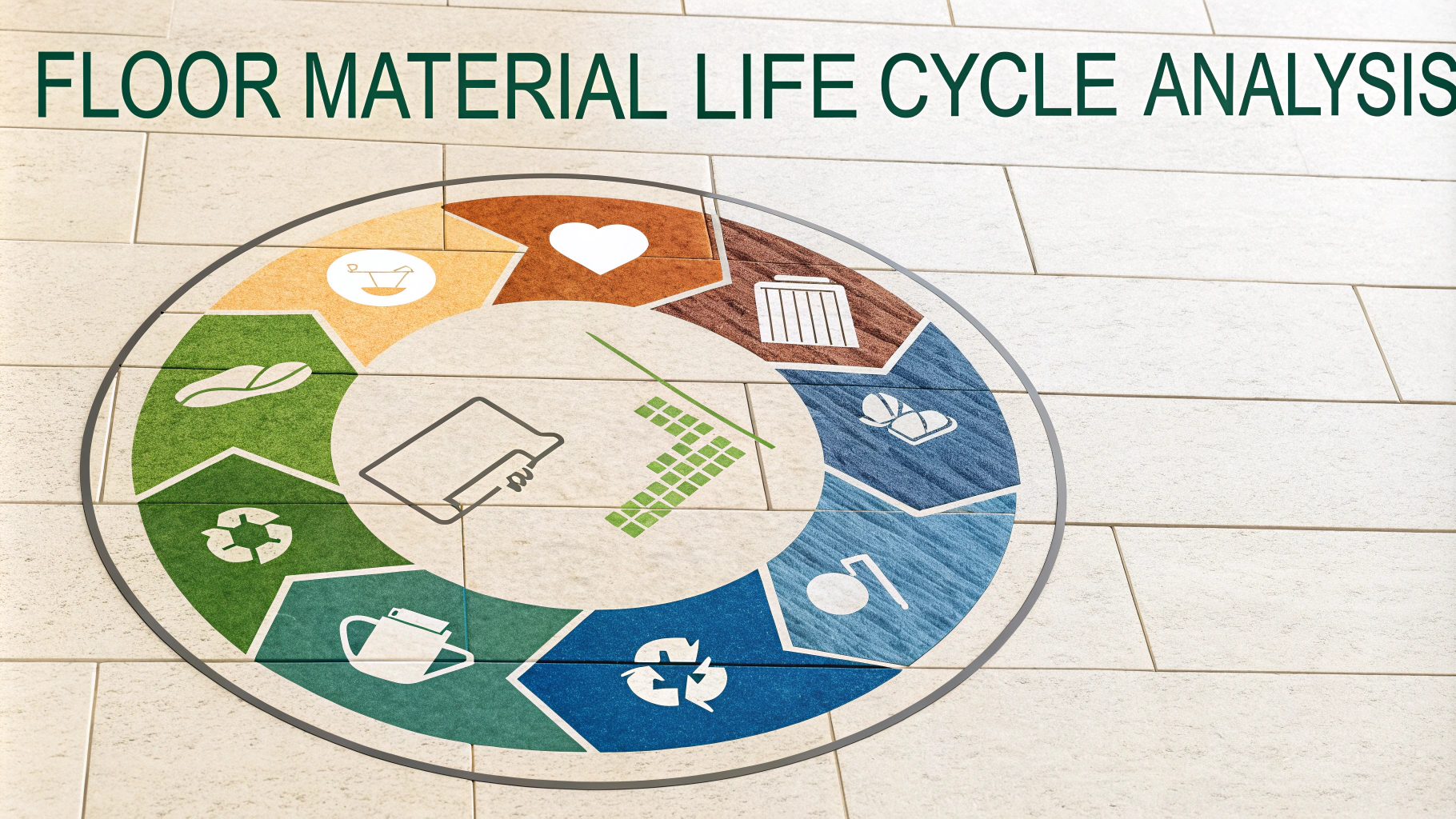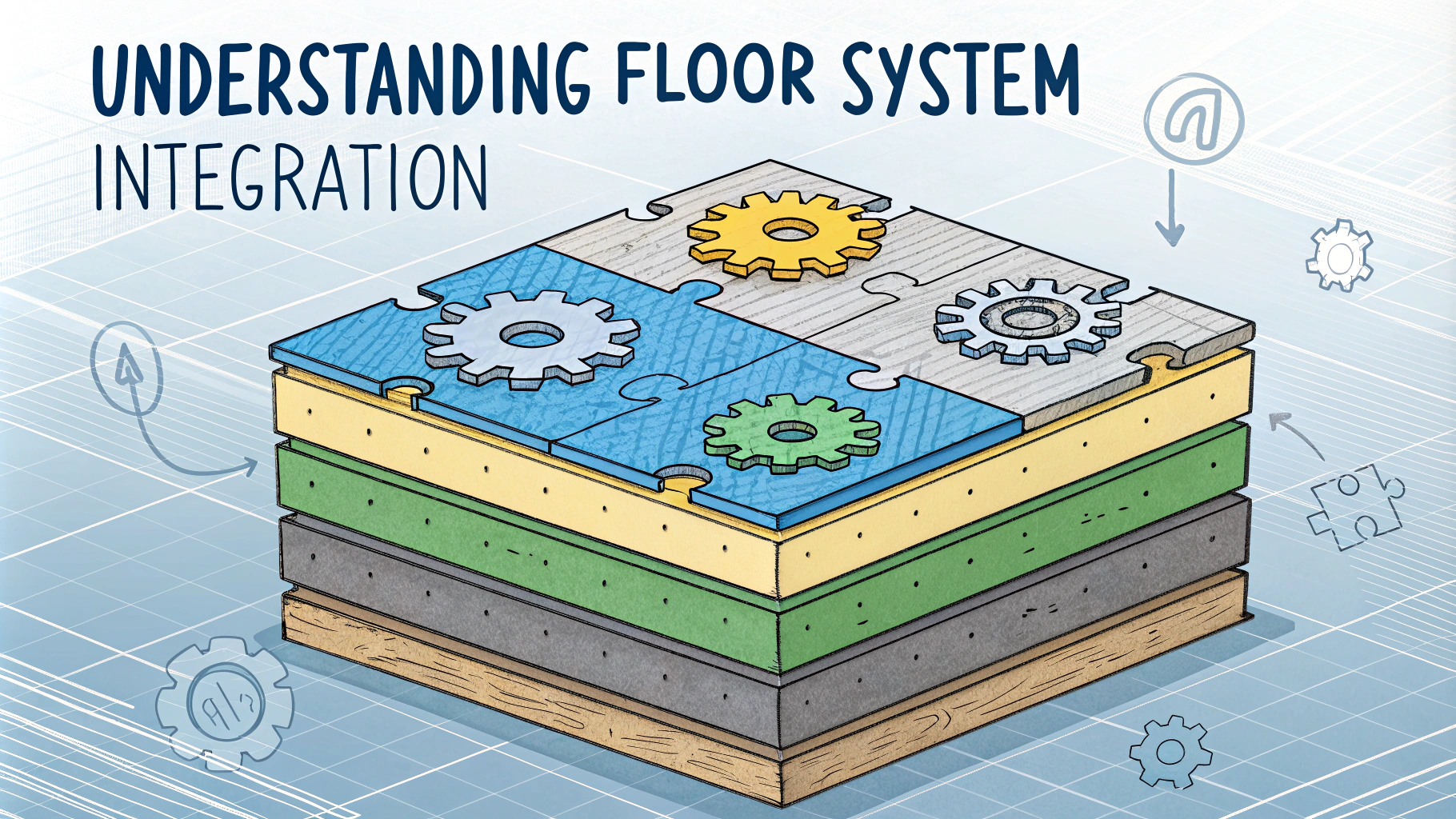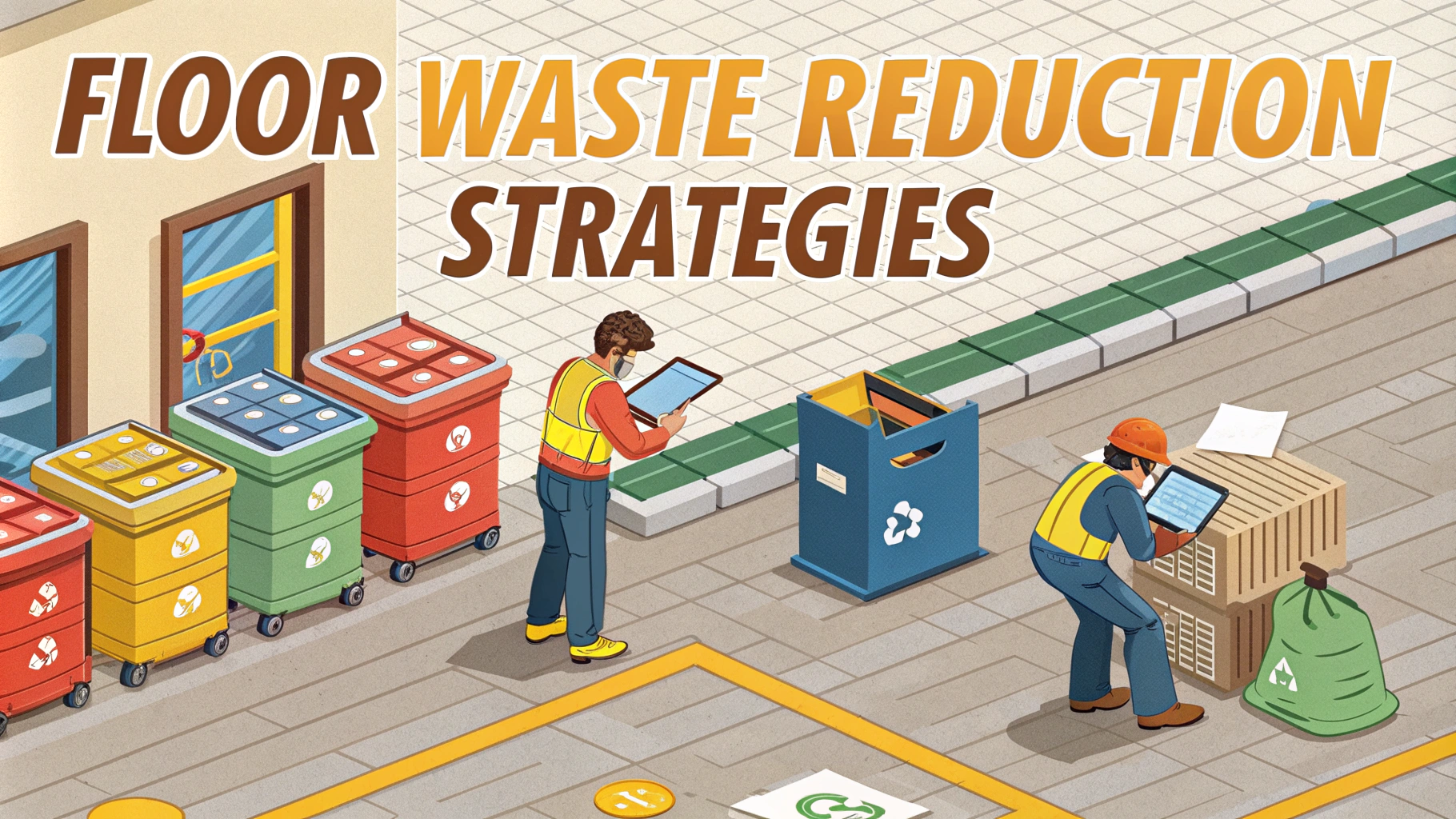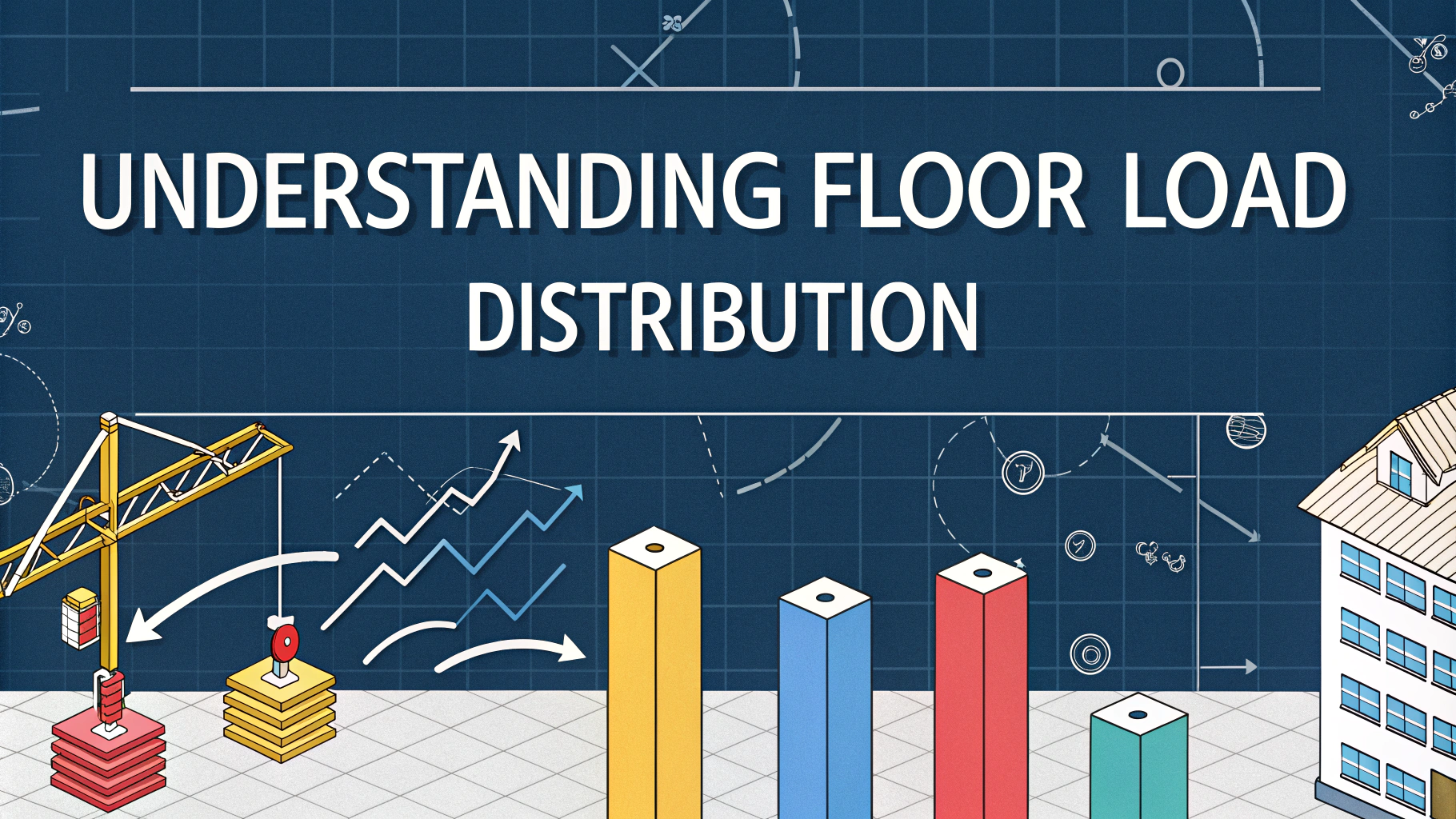Reducing waste in flooring projects helps protect both the environment and your budget.
Smart planning and material management can cut costs by up to 15-20% on most flooring installations.
This guide shares practical strategies to minimize waste while maintaining quality in your flooring projects.
Planning Your Layout
Measure your space accurately, including closets and irregularities, before ordering materials.
- Add 10% extra for straight layouts
- Add 15% extra for diagonal layouts
- Add 20% for complex patterns or intricate designs
Material Selection Tips
Choose standard size materials that align with your room dimensions to minimize cuts.
- Consider modular flooring options like carpet tiles
- Select wider planks for wood flooring to reduce seams
- Use rectangular tiles instead of custom shapes when possible
Smart Ordering Practices
| Material Type | Recommended Overage |
|---|---|
| Hardwood | 7-10% |
| Tile | 10-15% |
| Carpet | 5-10% |
Installation Best Practices
Start with a detailed installation plan that maps out cuts and transitions.
- Begin from the room’s center for symmetrical layouts
- Use shorter pieces in closets and under cabinets
- Save larger pieces for visible areas
Salvage and Reuse Options
Store leftover materials properly for future repairs or small projects.
- Donate unused full boxes to local housing charities
- Check with manufacturers about recycling programs
- List excess materials on local buy/sell platforms
Managing Waste During Installation
Sort waste materials by type during installation for easier recycling.
- Keep a designated area for reusable cuts
- Maintain separate bins for different materials
- Schedule waste pickup before project completion
Making The Most of Your Investment
Contact local flooring recyclers or donation centers:
- Habitat for Humanity ReStore: 1-800-HABITAT
- Construction Materials Recycling Association: www.cdrecycling.org
- Local building material exchanges in your area
Cost-Effective Maintenance
Proper maintenance extends flooring life and reduces long-term material waste.
- Follow manufacturer cleaning guidelines strictly
- Address damage promptly to prevent spreading
- Keep spare materials for spot repairs
- Document maintenance procedures for consistency
Environmental Impact Considerations
Sustainable flooring practices contribute to LEED certification and environmental protection.
- Choose eco-friendly materials when possible
- Work with suppliers who have recycling programs
- Calculate carbon footprint of material transport
- Consider local sourcing options
Professional Partnerships
Build relationships with contractors and suppliers who prioritize waste reduction.
- Share excess materials between projects
- Coordinate bulk purchases for multiple jobs
- Participate in material exchange programs
- Join professional associations focused on sustainability
Building a Sustainable Future in Flooring
Implementing waste reduction strategies in flooring projects creates both immediate and long-term benefits for contractors and clients alike. Through careful planning, smart material selection, and proper waste management, projects can achieve significant cost savings while contributing to environmental preservation.
- Track waste reduction metrics for future projects
- Share successful strategies with industry peers
- Stay informed about new recycling technologies
- Educate clients about sustainable practices
FAQs
1. What are the most effective ways to reduce flooring waste during installation?
Pre-planning layouts, accurate measurements, using optimization software, ordering extra material within reasonable limits (typically 10%), and salvaging larger scraps for future repairs.
2. How can I properly calculate flooring materials to minimize waste?
Measure room dimensions accurately, account for irregular spaces, add 10% for waste factor, consider pattern matching requirements, and use flooring calculators for precise estimation.
3. What can I do with leftover flooring materials?
Store for future repairs, use in smaller spaces like closets, donate to local building material reuse centers, repurpose for DIY projects, or sell through online marketplaces.
4. Which flooring types typically generate the least waste during installation?
Luxury vinyl planks, large-format tiles, and floating floor systems generally produce less waste compared to traditional hardwood or small-format tiles.
5. How can I responsibly dispose of flooring waste that can’t be reused?
Separate materials by type, check local recycling facilities that accept construction waste, contact manufacturer recycling programs, or use certified waste management services.
6. What layout patterns minimize flooring waste?
Straight lay patterns typically generate less waste than diagonal or herringbone patterns. Running planks parallel to the longest wall also reduces waste.
7. How can digital planning tools help reduce flooring waste?
CAD software and flooring-specific planning apps can optimize material layout, calculate precise quantities, and visualize cutting patterns to minimize waste.
8. What are the best practices for storing leftover flooring materials?
Store in climate-controlled areas, keep materials flat and dry, label with product information and date, and maintain original packaging when possible.
9. How can contractors implement waste reduction strategies on large flooring projects?
Use material tracking systems, implement just-in-time delivery, train installation teams on waste reduction techniques, and establish relationships with recycling facilities.
10. What are the environmental benefits of reducing flooring waste?
Lower landfill impact, reduced carbon footprint from manufacturing and transport, conservation of raw materials, and decreased environmental pollution from disposal.


